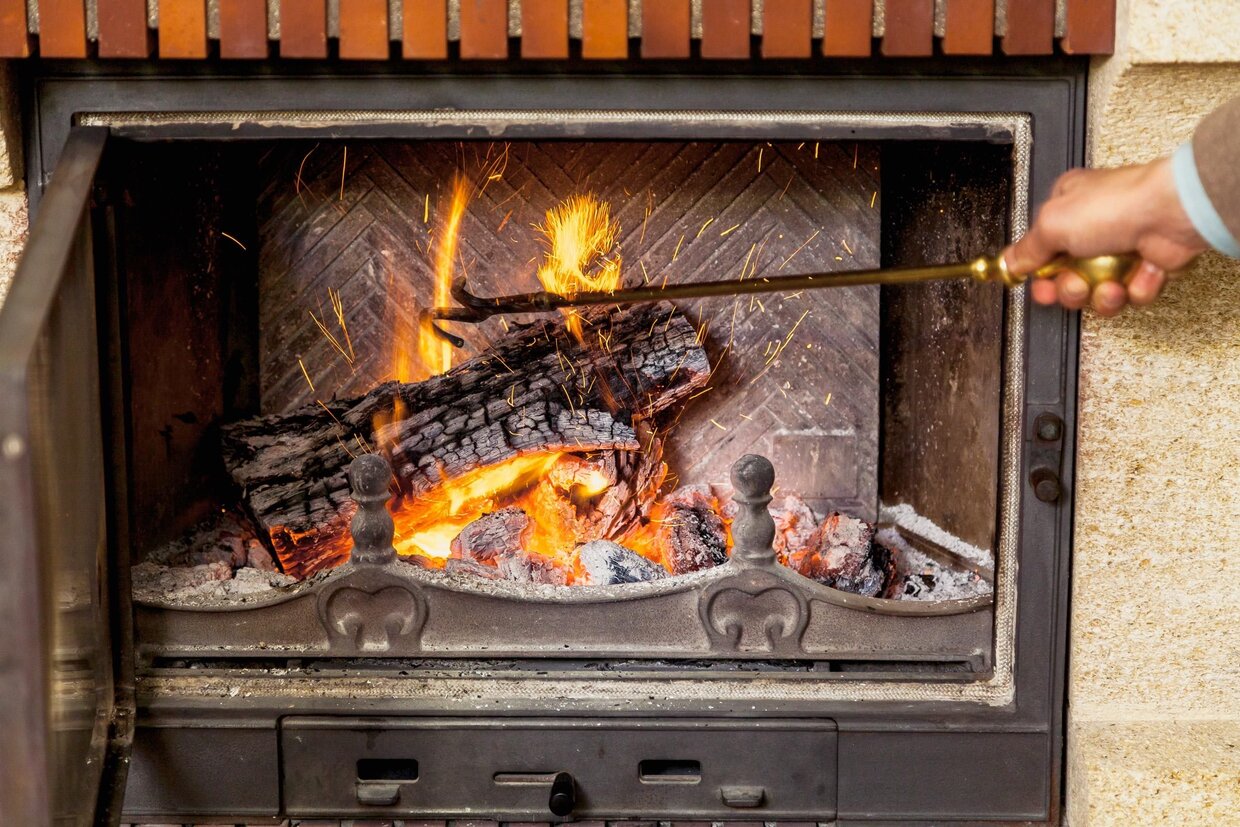

Articles
How To Put Out Fire In Fireplace
Modified: April 22, 2024
Learn effective techniques and safety measures to extinguish fires in your fireplace with our informative articles. Enhance your knowledge and protect your home.
(Many of the links in this article redirect to a specific reviewed product. Your purchase of these products through affiliate links helps to generate commission for Storables.com, at no extra cost. Learn more)
Introduction
Welcome to our guide on how to put out a fire in a fireplace. Fireplaces are a cozy and inviting feature in many homes, providing warmth and ambiance. However, it’s important to know how to safely extinguish a fire in the event of an emergency. Whether you’re dealing with a small ember that needs to be extinguished or a larger fire that has gotten out of control, this article will provide you with the necessary steps and tips to handle the situation properly.
Fire safety is paramount, and understanding the correct procedures to extinguish a fire will help prevent accidents and damage to your property. It’s important to note that every fireplace and fire situation is unique, so always prioritize your safety and consider the specific circumstances when following these guidelines.
In this guide, we will walk you through the process of safely putting out a fire in a fireplace, including gathering the necessary supplies, clearing the area around the fireplace, preparing a fire extinguisher, using a fire blanket, utilizing water to extinguish the fire, and knowing when to call emergency services. We will also provide some valuable safety measures and tips to ensure your well-being throughout the process.
Remember, dealing with a fire can be dangerous, so never hesitate to call emergency services if you feel overwhelmed or unsure of how to handle the situation. With that said, let’s dive into the steps you should take to put out a fire in your fireplace successfully.
Key Takeaways:
- Always prioritize safety by gathering essential supplies, clearing the area, and knowing when to call emergency services. Proper preparation and caution are key to successfully handling fireplace fires.
- Equip yourself with the knowledge and tools to safely extinguish fires in your fireplace. From using fire blankets to understanding when to call for professional assistance, being prepared is crucial for fire safety.
Read more: How To Put Out A Grass Fire
Gathering the Necessary Supplies
Before attempting to put out a fire in your fireplace, it’s crucial to gather the necessary supplies. Having these items readily available will enable you to respond quickly and effectively in case of an emergency. Here are the essential supplies you should have on hand:
- Fire Extinguisher: A fire extinguisher is a vital tool to have in your home, especially near fireplaces. Make sure it is specifically designed for use on fires involving wood and paper.
- Fire Blanket: A fire blanket is a large blanket made of flame-resistant materials. It can be used to smother small flames or to protect yourself while escaping from a fire.
- Baking Soda: Baking soda is an effective household item that can help extinguish small fires. It works by smothering the flames and cutting off the oxygen supply.
- Buckets of Sand or Dirt: If you do not have a fire extinguisher or fire blanket, having buckets of sand or dirt nearby can be useful. These materials can be poured onto the fire to extinguish it.
- Heat-Resistant Gloves: It is crucial to protect your hands while dealing with a fire. Heat-resistant gloves will shield your skin from burns.
- Water Source: While water can be an effective extinguishing agent, it may not always be suitable for certain types of fires. However, having a water source nearby can be helpful in case of emergencies.
Once you have gathered these supplies, ensure that they are easily accessible and kept in a designated area close to the fireplace. This will save you valuable time when you need to put out a fire promptly.
Remember, never leave a fire unattended, even if you have gathered the necessary supplies. Always prioritize safety and take precautions to prevent fires from occurring in the first place. Regular fireplace maintenance, such as chimney cleaning and proper disposal of ashes, can significantly reduce the risk of accidental fires.
Now that you have gathered the essential supplies, let’s move on to the next step: clearing the area around the fireplace.
Clearing the Area Around the Fireplace
Before attempting to put out a fire in your fireplace, it’s crucial to clear the area surrounding the fireplace. Removing any potential hazards will help prevent the fire from spreading and ensure your safety. Here are the steps you should take:
- Remove Flammable Items: Take a look around the fireplace and remove any flammable items such as paper, fabric, or decorations. These items can easily catch fire and contribute to the spread of flames.
- Create a Safe Zone: Establish a safe zone around the fireplace by clearing a radius of at least three feet. This will ensure that there are no objects or furniture that can obstruct your access to the fire or pose a risk of catching fire.
- Maintain Proper Ventilation: Ensure that the fireplace is properly ventilated. Open the damper to allow smoke and gases to escape, preventing them from filling the room.
- Keep a Clear Path to Exit: In the event of an emergency, it’s crucial to have a clear path to exit the room or the house. Make sure there are no obstacles blocking the exits or doorways.
- Keep Children and Pets Away: Keep children and pets at a safe distance from the fireplace to prevent them from accidentally getting too close to the fire or knocking over any objects.
Clearing the area around the fireplace is an important step to help contain the fire and minimize the risk of accidents. It allows you to have a clear space to work and ensures that there are no flammable materials that could ignite or hinder your ability to put out the fire effectively.
Once you have cleared the area, you can proceed to the next step: preparing the fire extinguisher.
Preparing the Fire Extinguisher
When it comes to extinguishing a fire in your fireplace, having a properly prepared and functioning fire extinguisher is crucial. Here’s how to prepare your fire extinguisher:
- Read the Instructions: Familiarize yourself with the instructions and operating procedures for your specific fire extinguisher. Different types of fire extinguishers may have different methods of activation and use.
- Check the Expiration Date: Ensure that the fire extinguisher is not expired. Fire extinguishers have a limited lifespan and should be replaced when they reach their expiration date or if they fail to pass regular inspections.
- Inspect for Damage: Check the fire extinguisher for any signs of damage, such as dents, leaks, or a broken seal. If the fire extinguisher is damaged, it may not function properly and should be replaced or repaired.
- Check the Pressure: Verify that the pressure gauge on the fire extinguisher indicates that it is within the recommended range. If the pressure is too low or too high, the fire extinguisher may not work effectively.
- Position the Fire Extinguisher: Keep the fire extinguisher in an easily accessible location near the fireplace. Make sure it is mounted securely or placed within reach so that you can grab it quickly in case of an emergency.
Once you have prepared the fire extinguisher, it’s important to know how to use it correctly. Remember the acronym “PASS” to use it effectively:
- Pull the Pin: Pull the pin located at the top of the fire extinguisher to break the seal and allow the extinguishing agent to flow.
- Aim at the Base: Aim the nozzle of the fire extinguisher at the base of the fire, not at the flames themselves. By directing the extinguishing agent at the base, you can cut off the fire’s oxygen supply and effectively extinguish it.
- Squeeze the Handle: Squeeze the handle of the fire extinguisher to release the extinguishing agent. Maintain a firm grip on the extinguisher to control the flow of the agent and prevent it from being wasted.
- Sweep Side to Side: Sweep the nozzle of the fire extinguisher from side to side, covering the entire area of the fire. Continue sweeping until the fire is completely extinguished.
Remember to always prioritize your safety and use a fire extinguisher only if you feel confident in doing so. If the fire is too large or you are unsure of how to proceed, evacuate the area and call emergency services immediately.
Now that you have prepared the fire extinguisher, we will move on to the next step: using a fire blanket.
Using a Fire Blanket
A fire blanket is a versatile and effective tool for extinguishing small fires and smothering flames. It is made of fire-resistant materials and can be used to quickly and safely put out a fire in your fireplace. Here’s how to use a fire blanket:
- Locate the Fire Blanket: Ensure that the fire blanket is easily accessible and stored in a designated area near the fireplace. It should be kept in a location where you can quickly access it in case of an emergency.
- Protect Yourself: Before approaching the fire, put on heat-resistant gloves to protect your hands from the heat. This will prevent burns and ensure your safety while using the fire blanket.
- Approach the Fire: Carefully approach the fire, keeping a safe distance. Ensure that you have a clear path and that there are no obstacles blocking your way.
- Unfold the Fire Blanket: Gently unfold the fire blanket, taking care not to let it come into contact with your face or body. Hold it by the corners or edges to avoid accidentally touching the flames.
- Cover the Fire: Place the fire blanket over the flames, ensuring that it completely covers the fire and any surrounding areas that may be burning. Avoid lifting the blanket once it is in place, as this could reignite the fire.
- Leave the Fire Blanket in Place: Leave the fire blanket in place for at least 30 minutes to ensure that the fire is completely extinguished and that there are no remaining embers or heat sources.
- Allow the Fire Blanket to Cool: After the fire has been extinguished, allow the fire blanket to cool completely before removing it. This will prevent any residual heat from causing further ignition.
Using a fire blanket can be an effective way to quickly and safely extinguish small fires in your fireplace. However, it’s important to note that fire blankets are designed for small fires and may not be suitable for more significant or out-of-control fires. In such cases, it is best to evacuate the area and call emergency services for assistance.
Now that you know how to use a fire blanket, let’s proceed to the next step: using water to extinguish the fire.
Use a fire extinguisher or a bucket of sand to put out a fire in a fireplace. Never use water, as it can cause the fire to spread or create steam that can cause burns.
Read more: How To Put Out A Chimney Fire
Using Water to Extinguish the Fire
Water is a commonly available and effective extinguishing agent that can be used to extinguish fires, including those in a fireplace. However, it’s important to note that water is not always suitable for all types of fires. Here’s how to use water to extinguish a fire in your fireplace:
- Ensure Safety: Before attempting to use water, make sure you are at a safe distance from the fire and that there are no obstructions blocking your escape route.
- Assess the Fire: Evaluate the size and intensity of the fire. Using water is most appropriate for smaller fires and for putting out embers or hot coals that may have fallen out of the fireplace.
- Keep a Bucket of Water Ready: Fill a bucket with water and have it nearby, ensuring it is within reach but not too close to the fire. This will allow you to quickly access water if needed.
- Use a Watering Can or Hose: If the fire is small and contained within the fireplace, you can use a watering can or a hose (if available) to pour water directly onto the flames. Aim for the base of the fire and try to soak the burning material thoroughly.
- Be Cautious: Exercise caution when using water to extinguish a fire in a fireplace. Avoid using excessive amounts of water, as it can cause steam and create potential hazards. Additionally, do not pour water onto hot glass or into a hot fireplace, as rapid temperature changes may cause cracking or other damage.
- Monitor for Reignition: After using water to extinguish the fire, carefully monitor the area to ensure that there are no reignitions or smoldering embers. It’s important to remain vigilant and ready to take further action if necessary.
While water can be an effective extinguishing agent for certain types of fires, it’s important to understand its limitations. Never attempt to use water on fires involving flammable liquids or electrical fires, as it can be dangerous and potentially worsen the situation. In these cases, it is best to evacuate the area and call emergency services for professional assistance.
Now that you know how to use water to extinguish a fire in your fireplace, we’ll move on to the next step: knowing when to call emergency services.
Calling Emergency Services
Knowing when to call emergency services is crucial during a fire emergency, especially if the fire in your fireplace becomes unmanageable or poses a threat to your safety. Here are the steps to follow when calling emergency services:
- Assess the Situation: Evaluate the fire and the level of danger it presents. If the fire is spreading rapidly, if you are unable to control it, or if you are unsure of how to handle the situation safely, it’s important to call emergency services immediately.
- Dial the Local Emergency Number: In most regions, the emergency number is 911. However, make sure to know the local emergency number specific to your location. Keep your cellphone or a phone nearby, as it is crucial to make the call quickly.
- Provide Accurate Information: When speaking to the emergency operator, provide clear and accurate information about the fire. Give your address or location, describe the type of fire (e.g., fireplace fire), and explain any immediate risks or hazards.
- Follow the Operator’s Instructions: Listen carefully to the instructions provided by the emergency operator. They may provide guidance on how to handle the fire or give instructions on evacuating the premises safely.
- Stay on the Line: Stay on the phone with the emergency operator until they tell you it is safe to hang up. They may need additional information or updates on the situation.
- Evacuate if Instructed: If the emergency operator instructs you to evacuate the premises, do so immediately. Follow the designated evacuation routes and stay away from the fire until help arrives.
Remember, calling emergency services should be done without hesitation when you’re unsure of your ability to control the fire or if it poses a significant threat to your safety or property. Firefighters are trained professionals who can handle fire emergencies effectively.
While waiting for emergency services to arrive, continue to prioritize your safety by staying away from the fire, following any evacuation instructions, and keeping others informed of the situation. The prompt response of emergency services can make a significant difference in preventing further damage or injury.
Now, with the knowledge of when to call emergency services, let’s move on to some important safety measures and tips.
Safety Measures and Tips
When dealing with a fire in your fireplace, it’s important to prioritize your safety above all else. Here are some essential safety measures and tips to keep in mind:
- Install Smoke Alarms: Ensure that your home is equipped with functioning smoke alarms and regularly test them to ensure they are in working order. Smoke alarms can provide early detection of a fire and give you valuable time to respond.
- Create an Evacuation Plan: Develop a fire evacuation plan for your home and share it with everyone in the household. Practice the plan regularly, so everyone knows what to do in case of a fire.
- Keep Fire Extinguishers Accessible: Have fire extinguishers readily available in easily accessible locations, such as near fireplaces or in the kitchen. Familiarize yourself with their usage and ensure they are regularly serviced and in good working condition.
- Never Leave a Fire Unattended: It’s crucial never to leave a fire in your fireplace unattended. Always ensure that someone is present in the room while the fire is burning, and never go to sleep or leave the house with the fire still lit.
- Keep Flammable Materials Away: Keep flammable materials such as curtains, furniture, and decorations at a safe distance from the fireplace. Flammable items too close to the fire can easily catch fire and cause a dangerous situation.
- Properly Dispose of Ashes: Dispose of fireplace ashes safely in a metal container with a lid. Keep the container away from flammable materials and wait for the ashes to cool before discarding them.
- Regularly Clean the Chimney: Schedule regular chimney cleanings to remove any buildup of soot and debris. This helps prevent chimney fires and ensures proper ventilation for your fireplace.
- Educate the Family: Teach everyone in the household about fire safety, especially children. Make sure they understand the dangers of fire and emphasize the importance of following safety procedures.
- Stay Calm and Act Quickly: In the event of a fire, stay calm and act quickly. Panic can hinder your ability to make rational decisions and respond effectively. Remember, your safety is the top priority.
By following these safety measures and tips, you can minimize the risk of fires, handle fire emergencies more effectively, and keep yourself and your loved ones safe.
Remember, if you ever feel overwhelmed or unable to safely handle a fire in your fireplace, don’t hesitate to evacuate the area and call emergency services immediately. Professional assistance is just a phone call away.
Now that you are equipped with the knowledge of safety measures and tips, let’s wrap up this guide.
Conclusion
Putting out a fire in a fireplace requires careful attention to safety and the proper use of tools and techniques. By following the steps outlined in this guide, you can effectively extinguish a fire and minimize the risk of damage or injury. Remember, fire safety should always be a top priority, and it’s crucial to prioritize your well-being and that of your loved ones.
We started by emphasizing the importance of gathering the necessary supplies, including a fire extinguisher, fire blanket, baking soda, buckets of sand or dirt, heat-resistant gloves, and a water source. These items will help you respond quickly in case of an emergency.
Clearing the area around the fireplace is also crucial to prevent the fire from spreading. By removing flammable items, creating a safe zone, maintaining proper ventilation, and keeping a clear path to exit, you can ensure a safe environment when dealing with a fire.
Preparing the fire extinguisher is a vital step that involves checking its expiration date, inspecting for damage, and ensuring it is in the correct pressure range. Knowing how to properly use the fire extinguisher, following the “PASS” method (pull, aim, squeeze, sweep), can help you effectively suppress the fire.
A fire blanket is another useful tool in extinguishing small flames. By locating the fire blanket, protecting yourself with heat-resistant gloves, approaching the fire cautiously, and covering the flames with the blanket, you can smother the fire and prevent it from spreading further.
Water can be a valuable extinguishing agent, but it’s important to assess the situation and use it carefully. Having a bucket of water ready, using a watering can or hose to direct the water at the base of the fire, and monitoring for reignition are essential steps when utilizing water to extinguish a fire in the fireplace.
Knowing when to call emergency services is vital. If the fire becomes unmanageable, poses a threat to your safety, or you are unsure of what to do, do not hesitate to call. Provide accurate information, follow the operator’s instructions, and evacuate if necessary.
Finally, we discussed important safety measures and tips, such as installing smoke alarms, creating an evacuation plan, keeping fire extinguishers accessible, and never leaving a fire unattended. By practicing fire safety measures and educating your family, you can reduce the risk of fires and ensure preparedness for any fire emergencies that may arise.
Remember, this guide provides general information and guidelines. It’s important to adapt these tips and techniques to your specific situation, always prioritizing your safety above all else.
With the knowledge and understanding gained from this guide, you can confidently handle small fires in your fireplace and respond appropriately to emergencies. By being prepared and taking the necessary precautions, you are equipped to protect yourself, your loved ones, and your property.
Stay safe and enjoy the warmth and beauty of your fireplace responsibly!
Frequently Asked Questions about How To Put Out Fire In Fireplace
Was this page helpful?
At Storables.com, we guarantee accurate and reliable information. Our content, validated by Expert Board Contributors, is crafted following stringent Editorial Policies. We're committed to providing you with well-researched, expert-backed insights for all your informational needs.
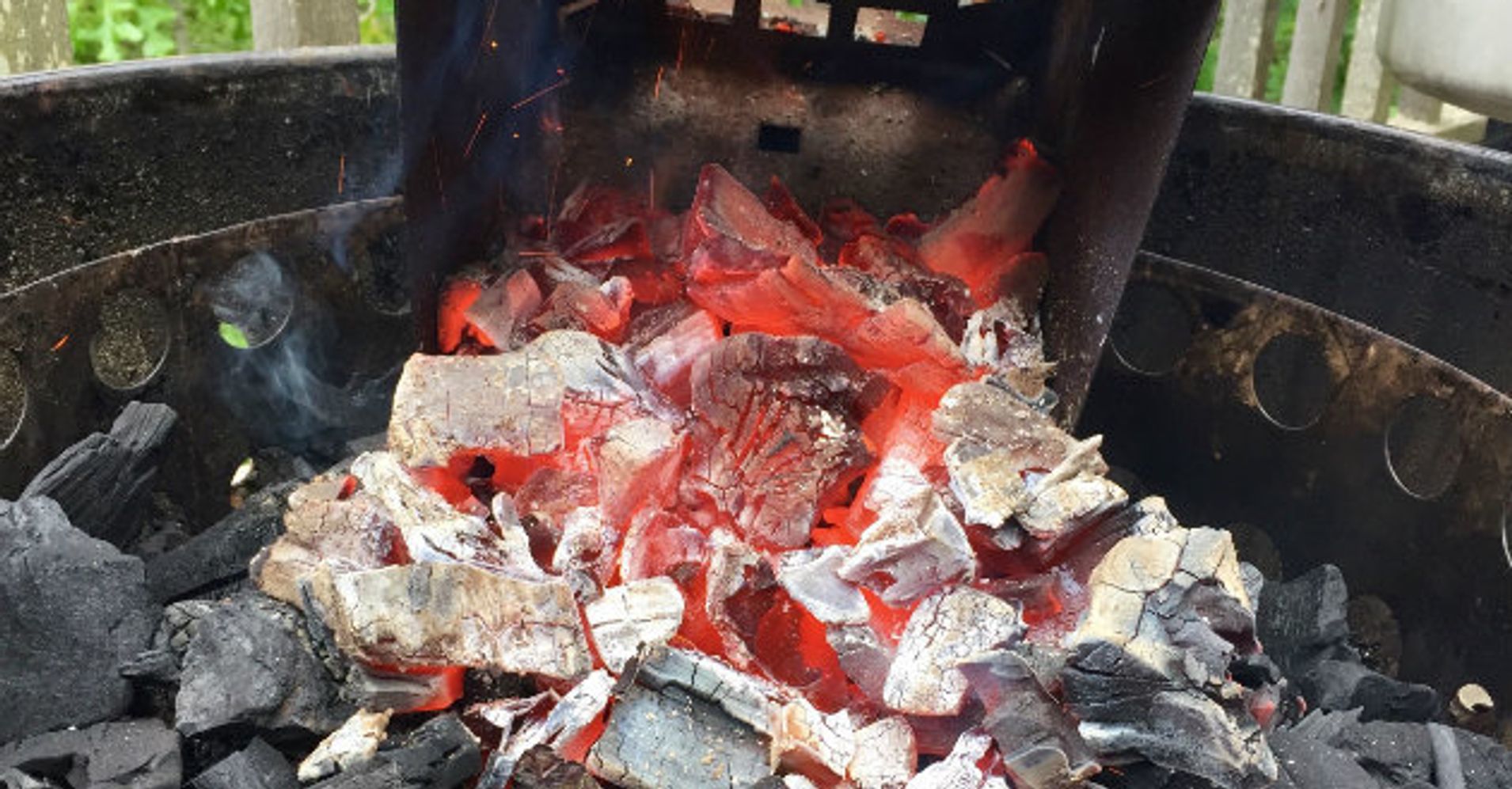
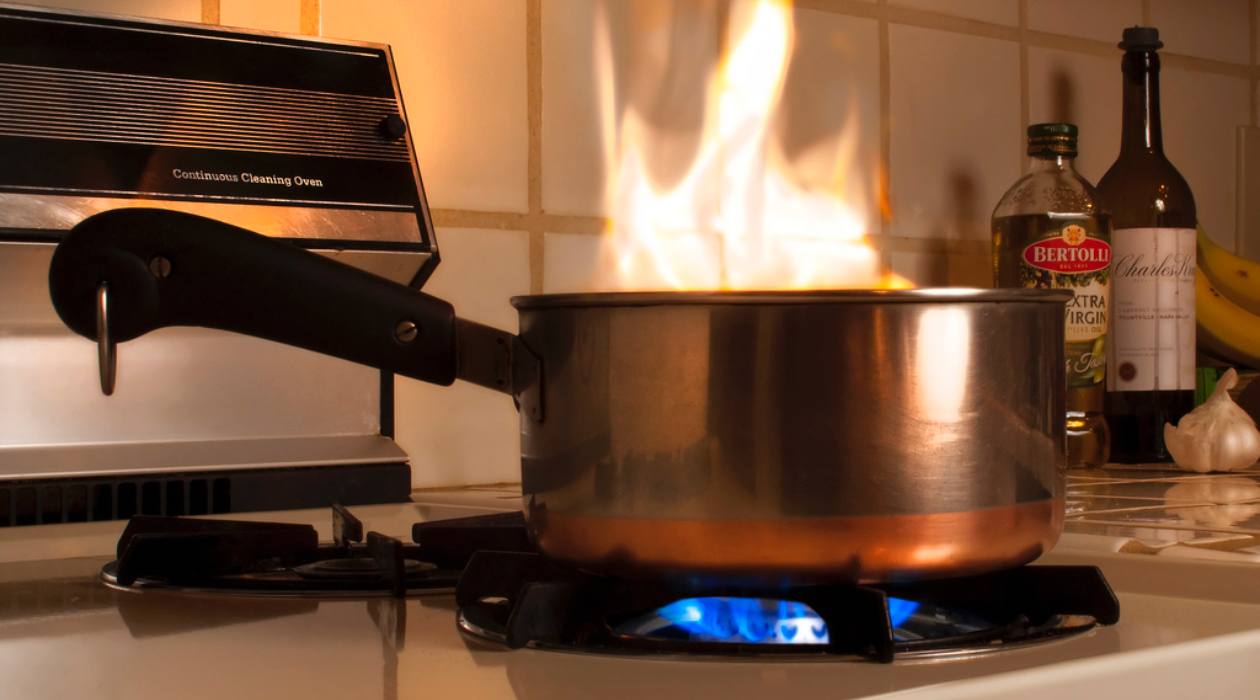
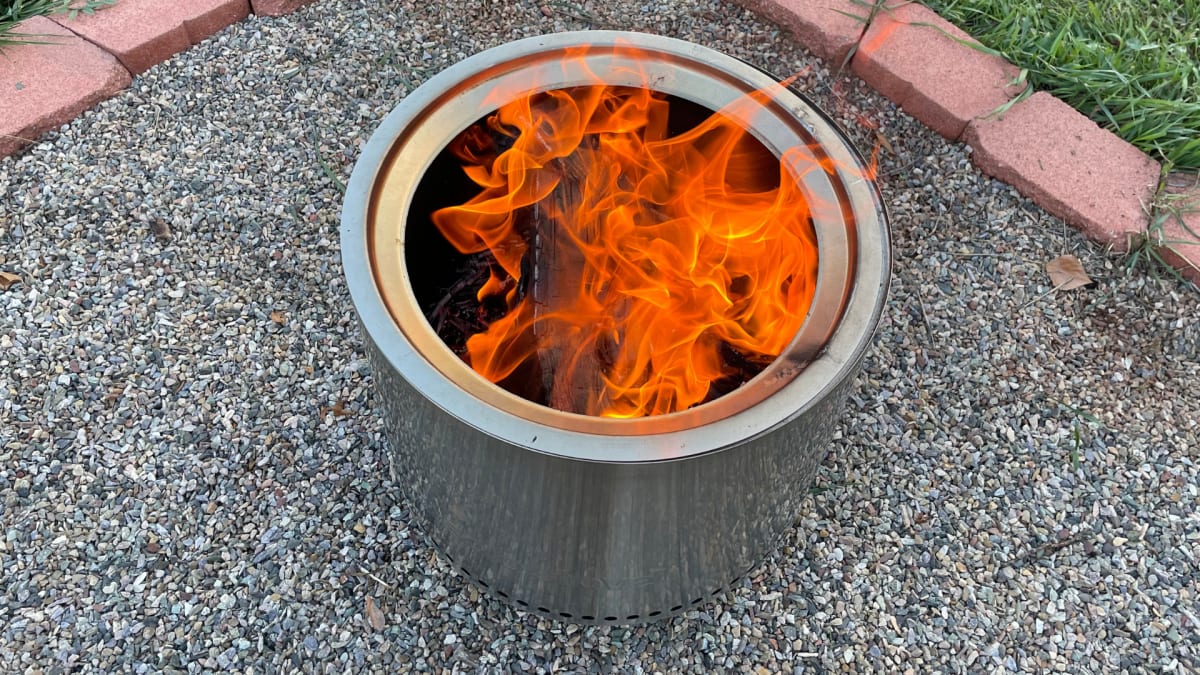
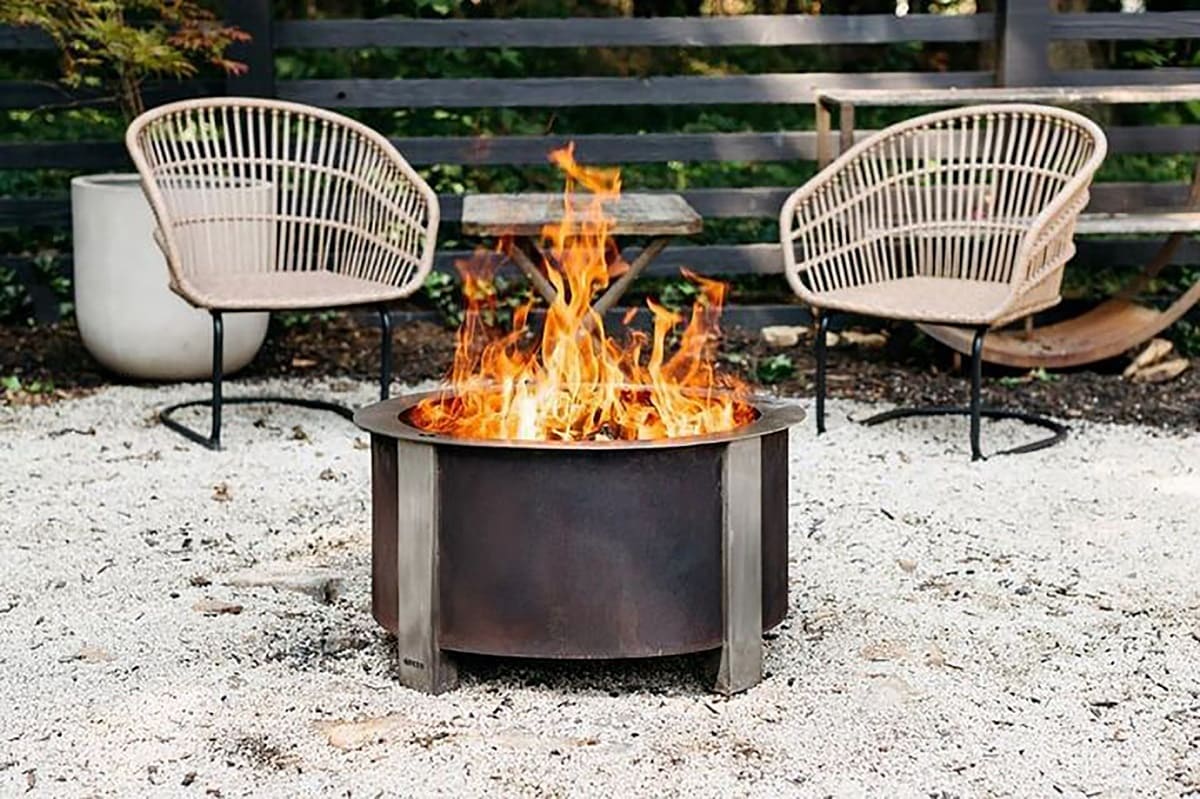
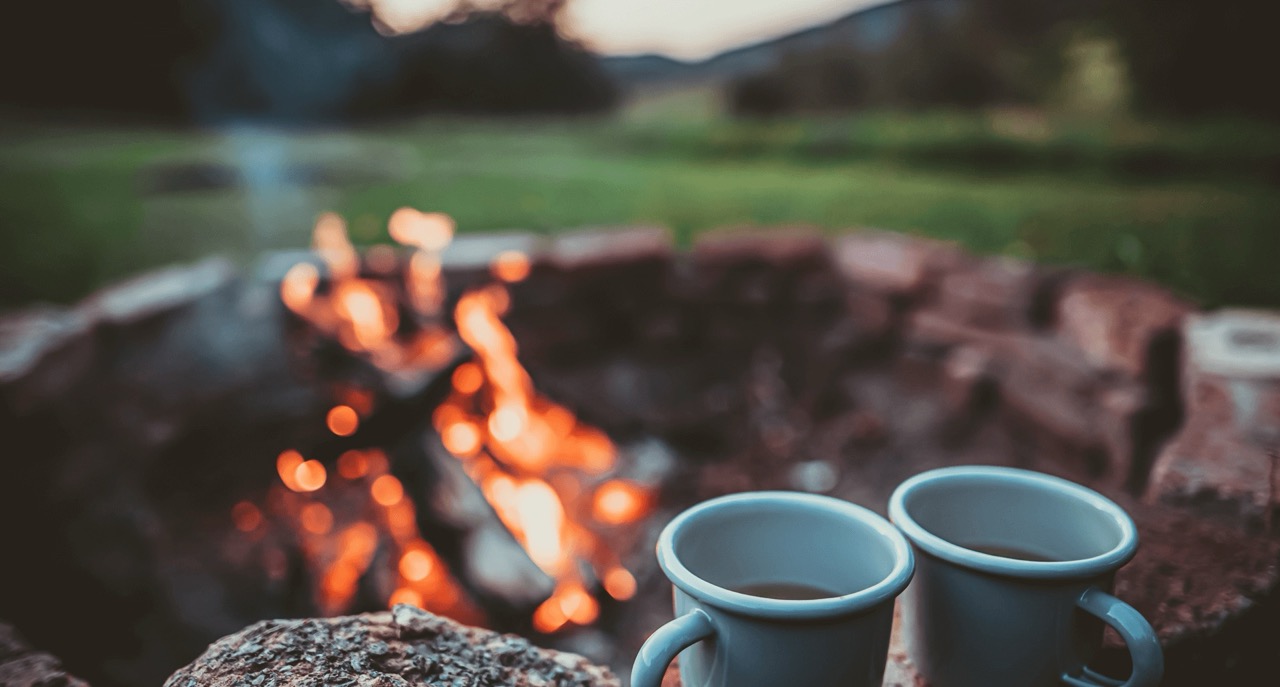
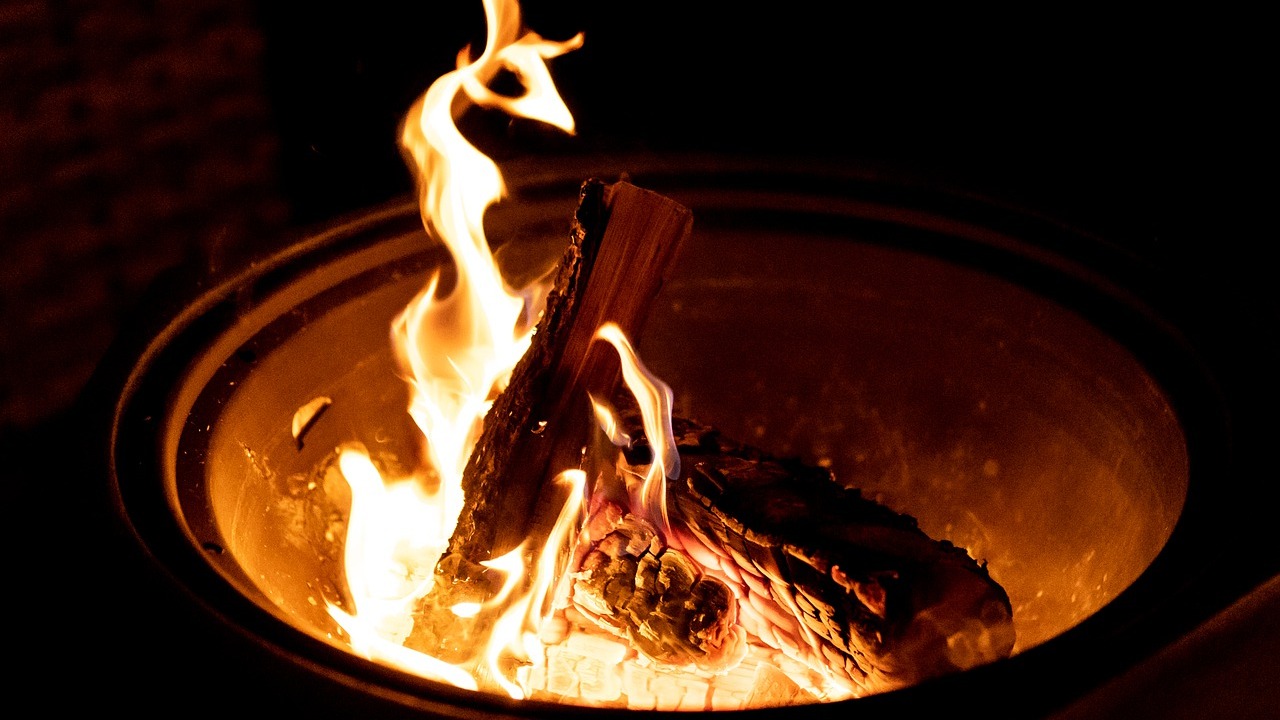
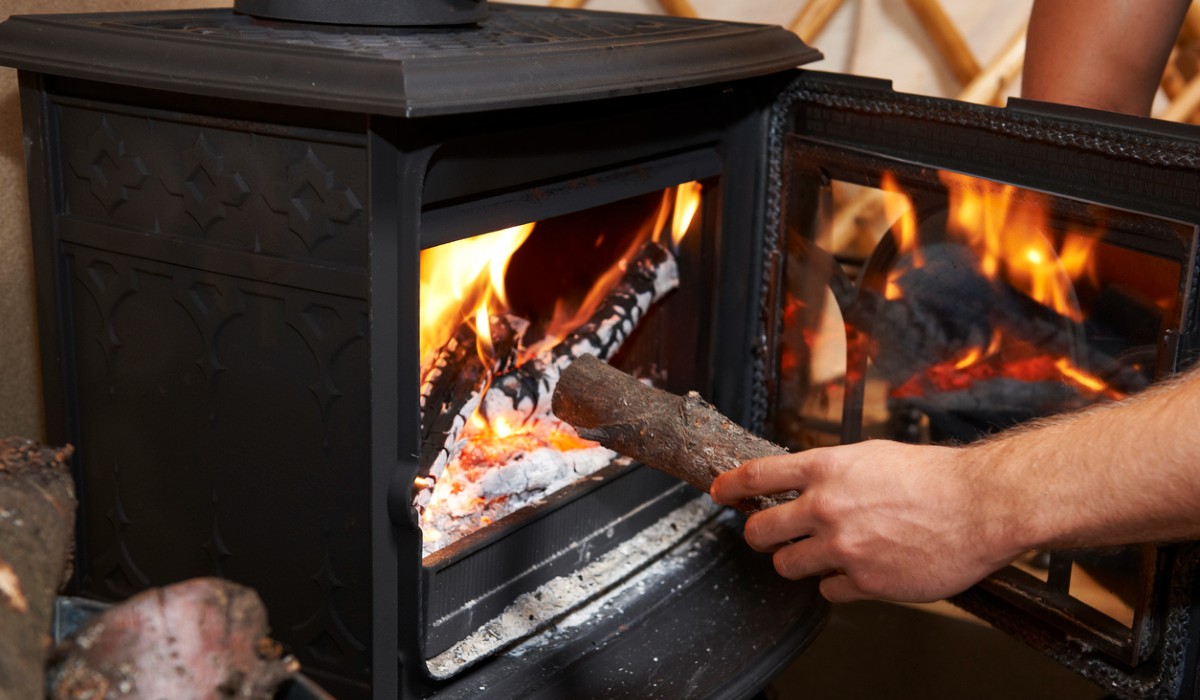
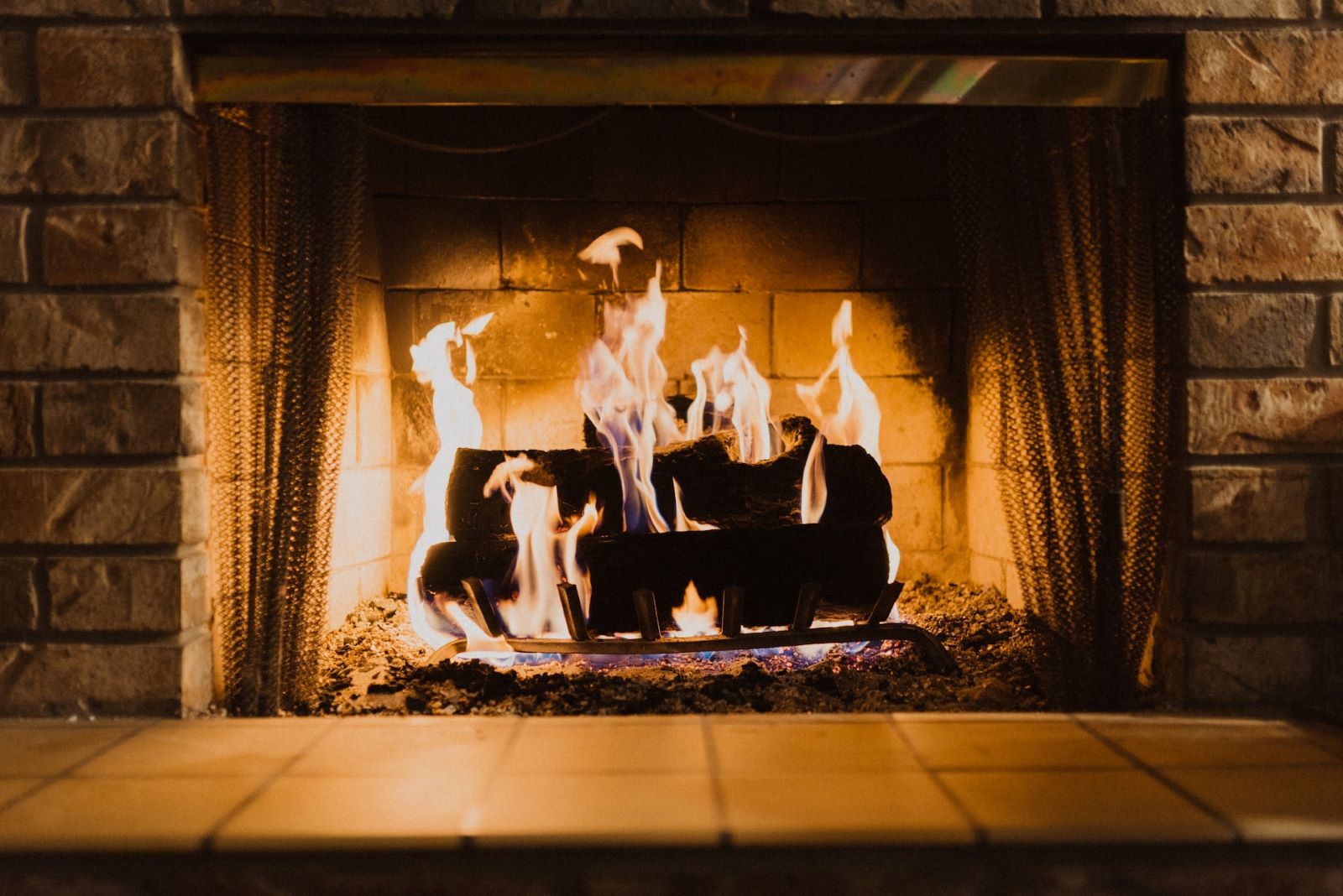
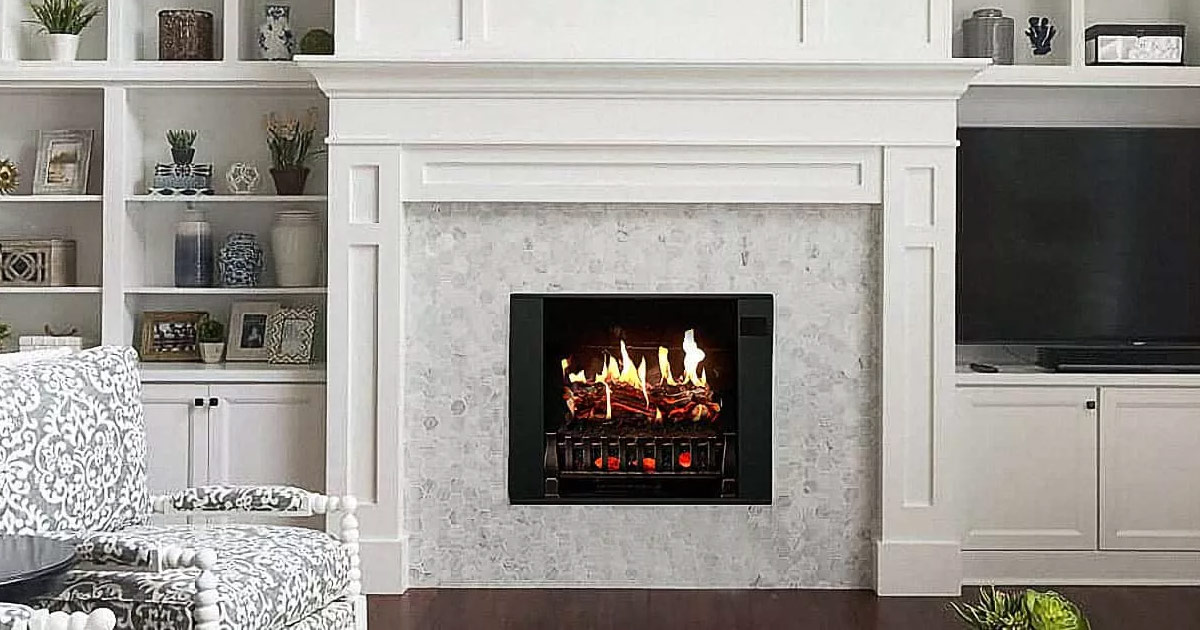
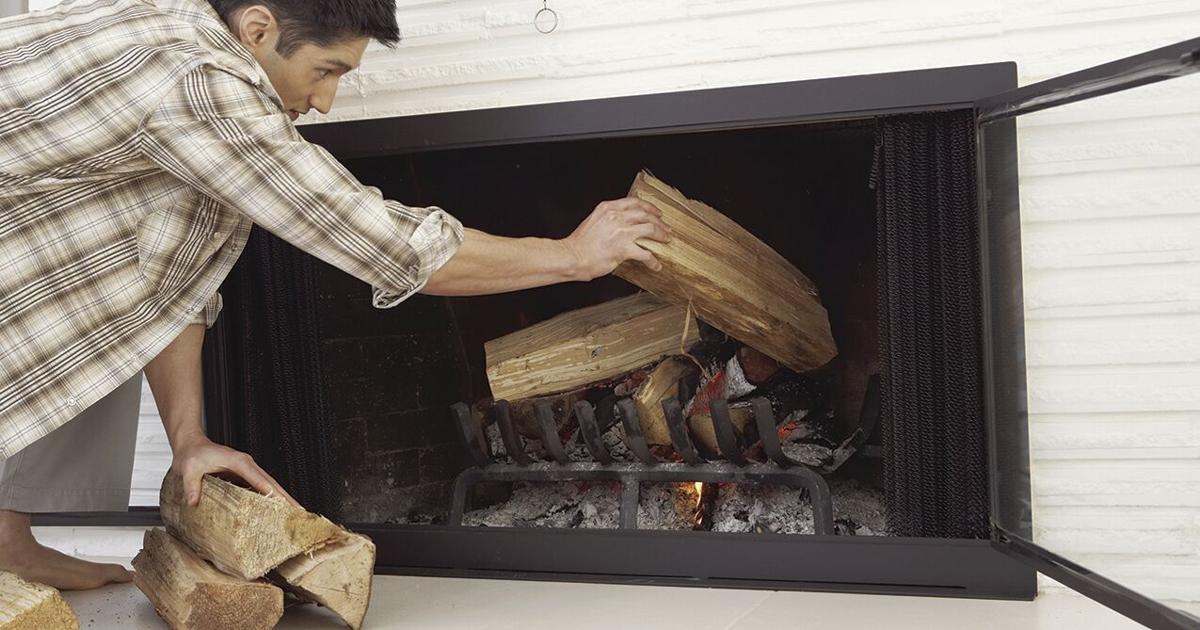
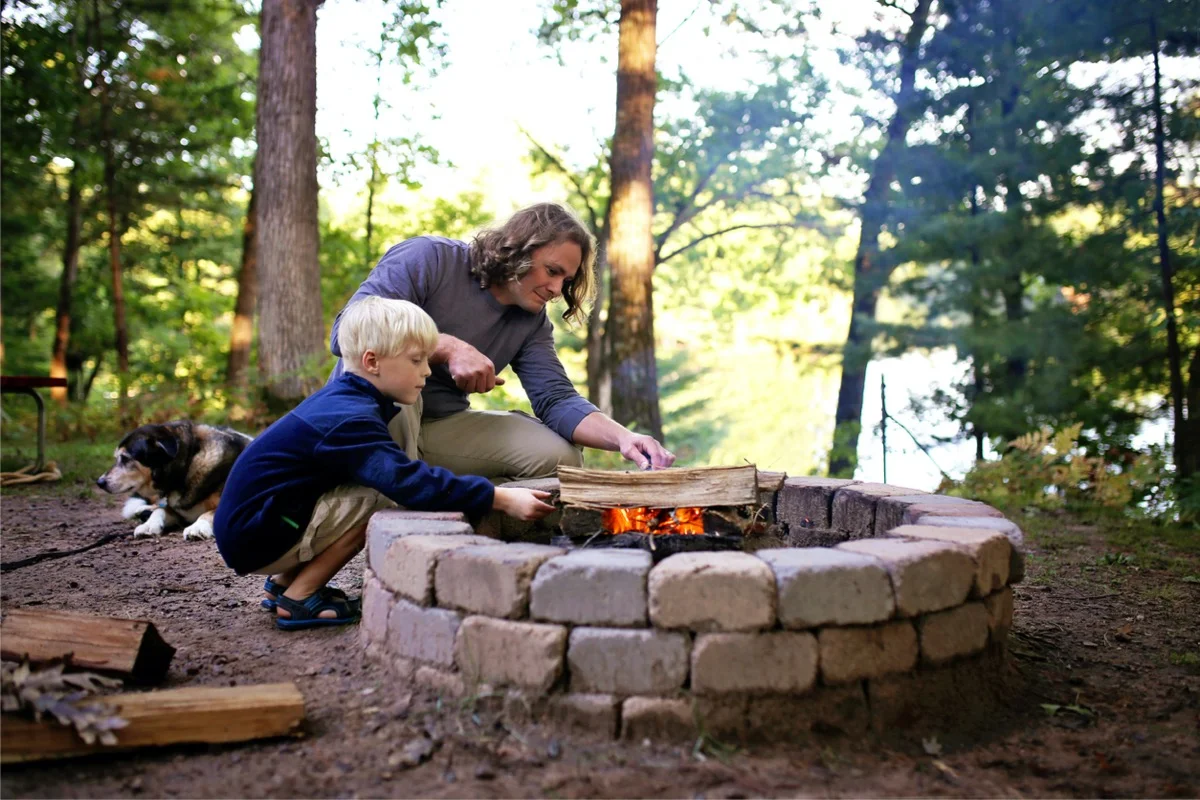

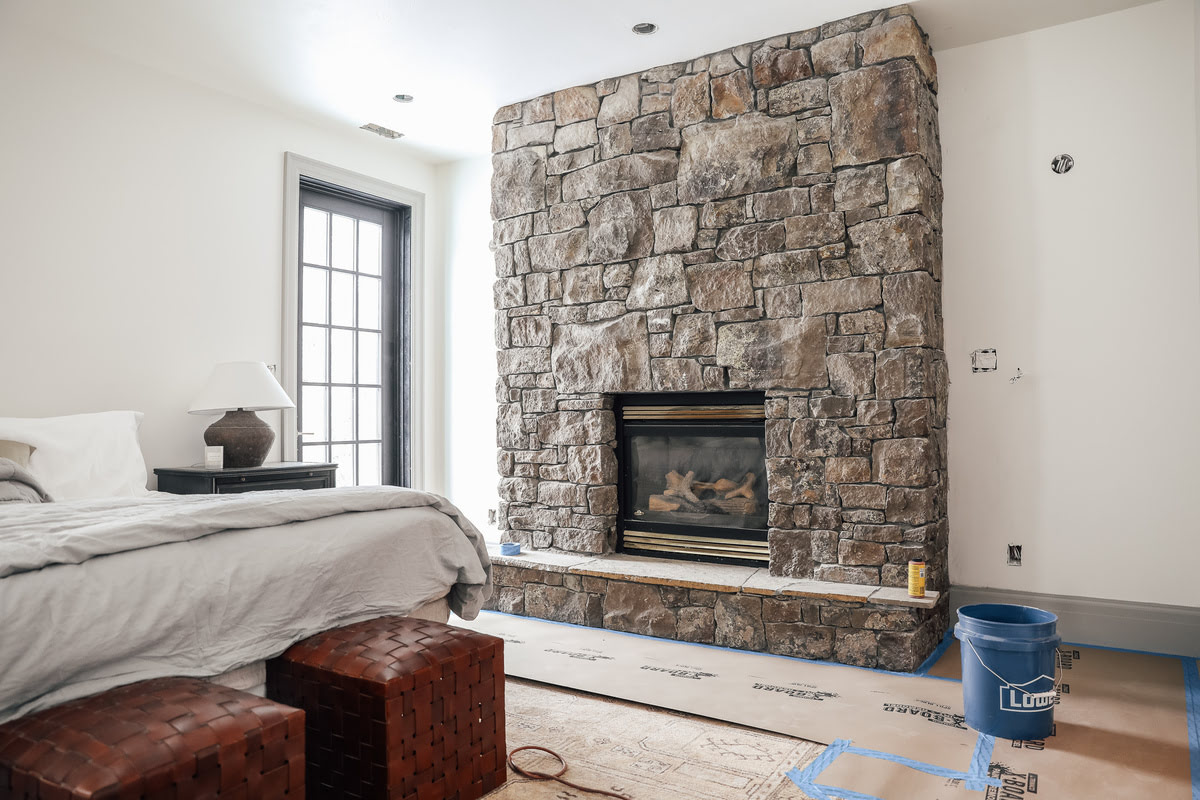
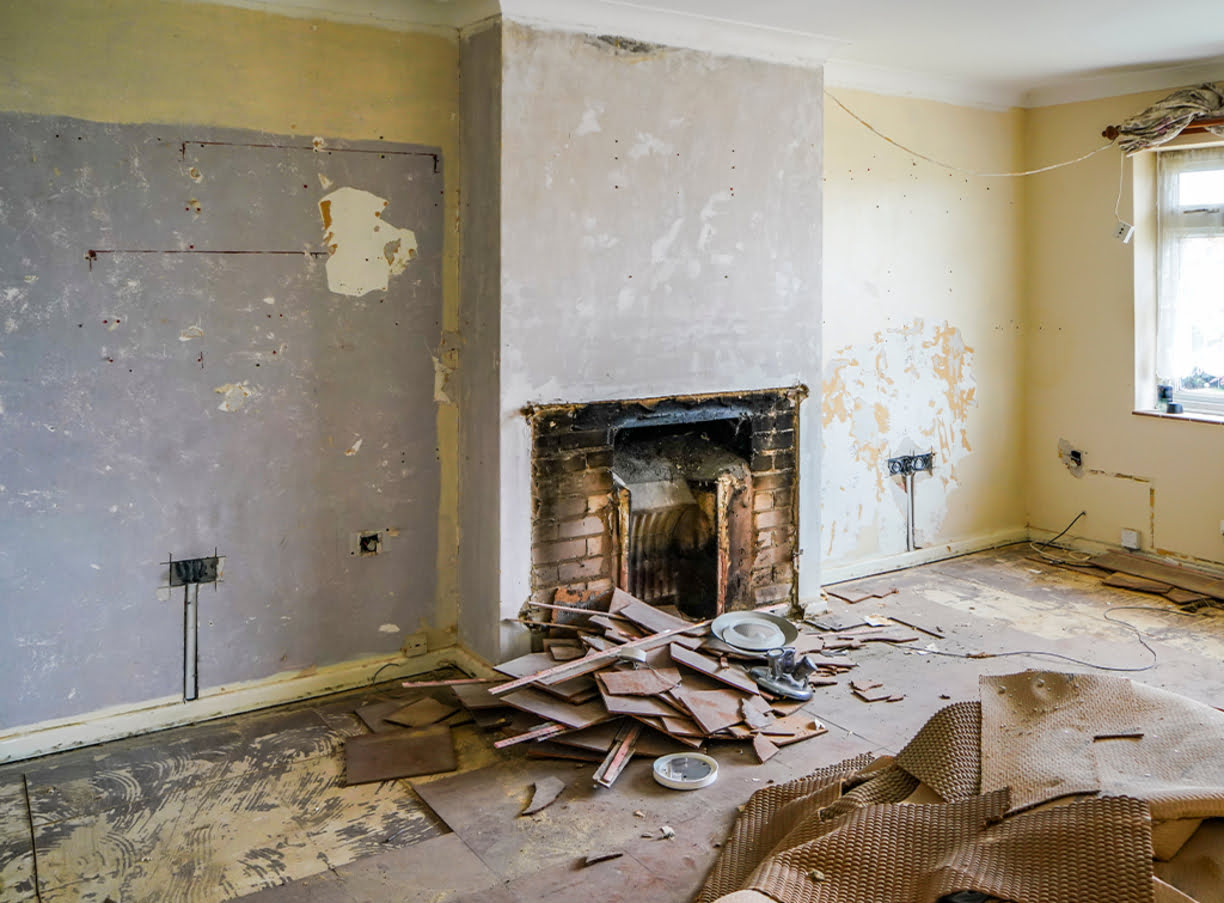

0 thoughts on “How To Put Out Fire In Fireplace”